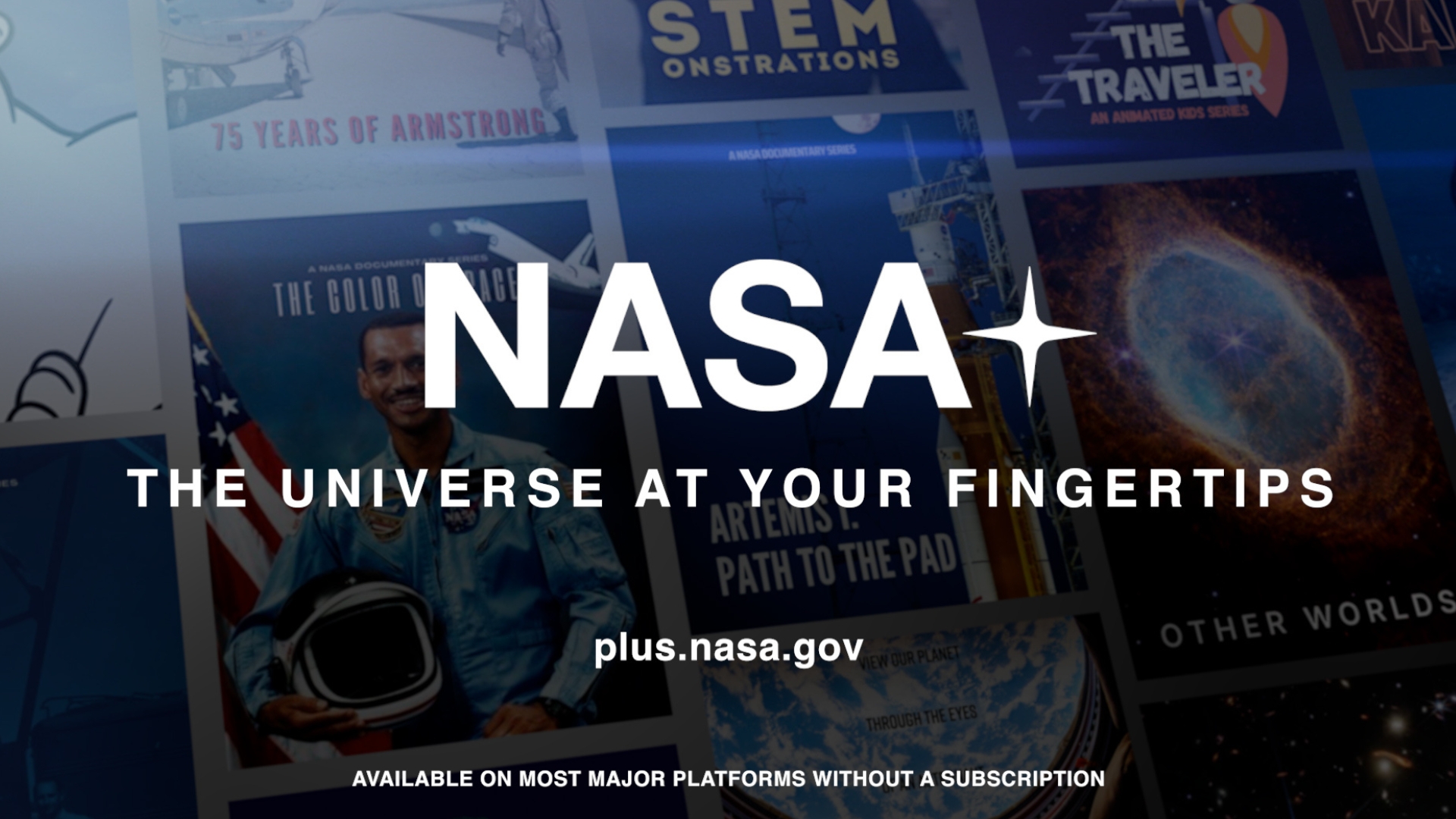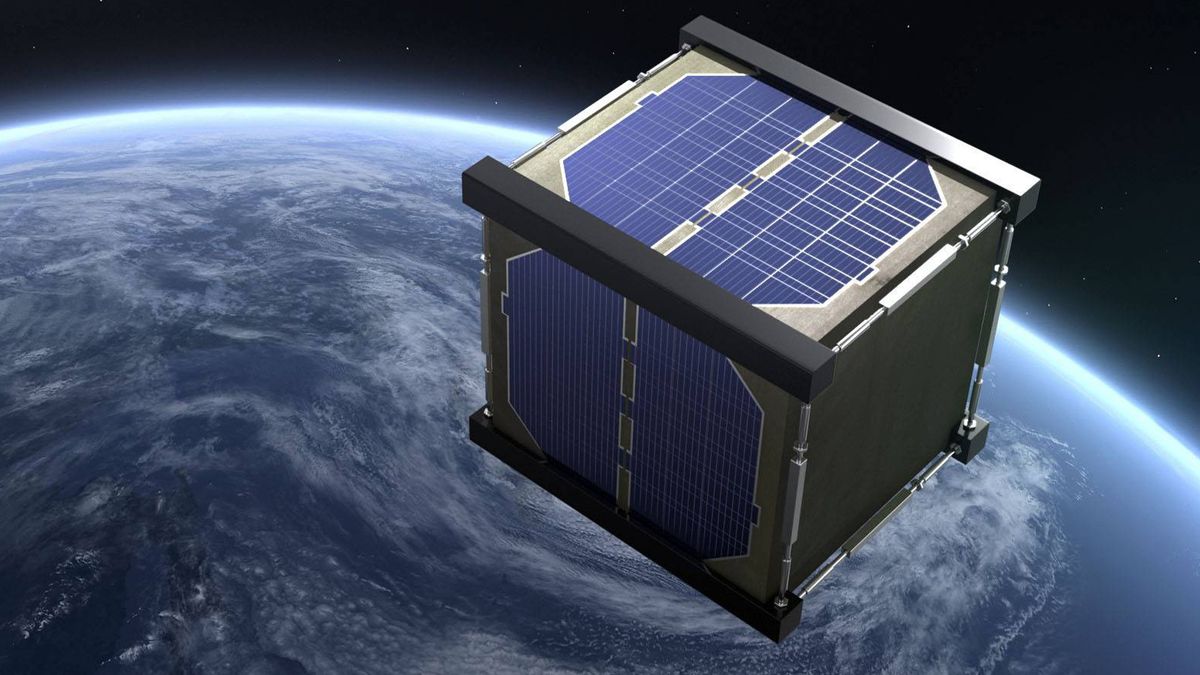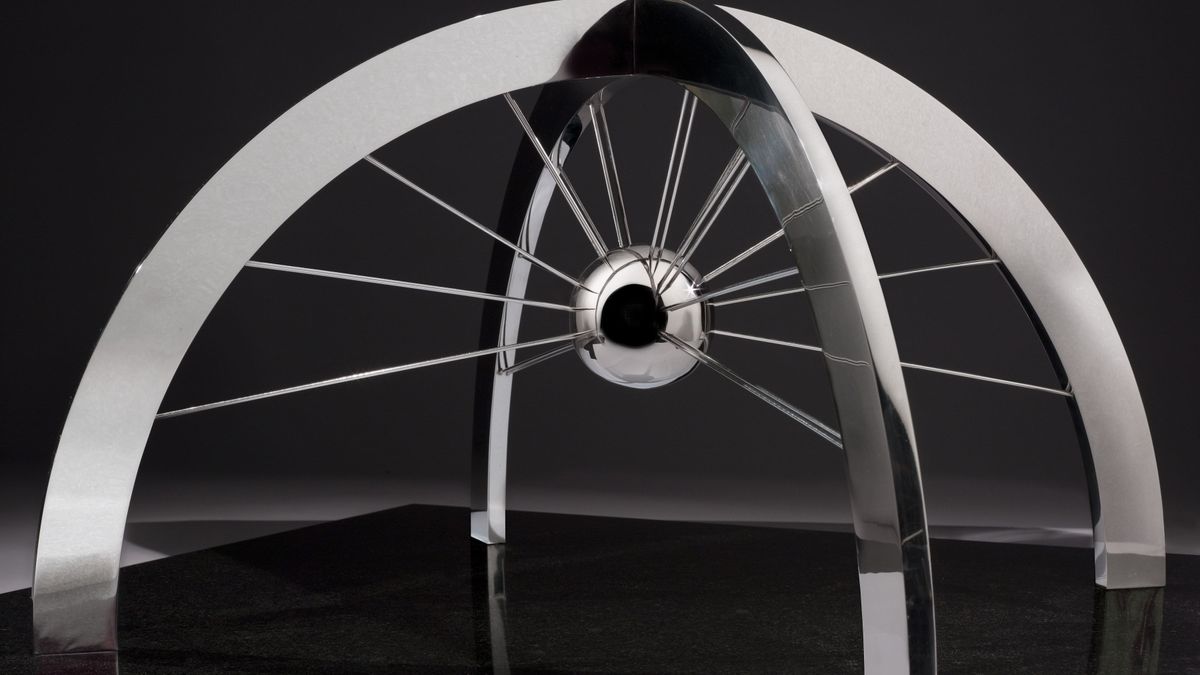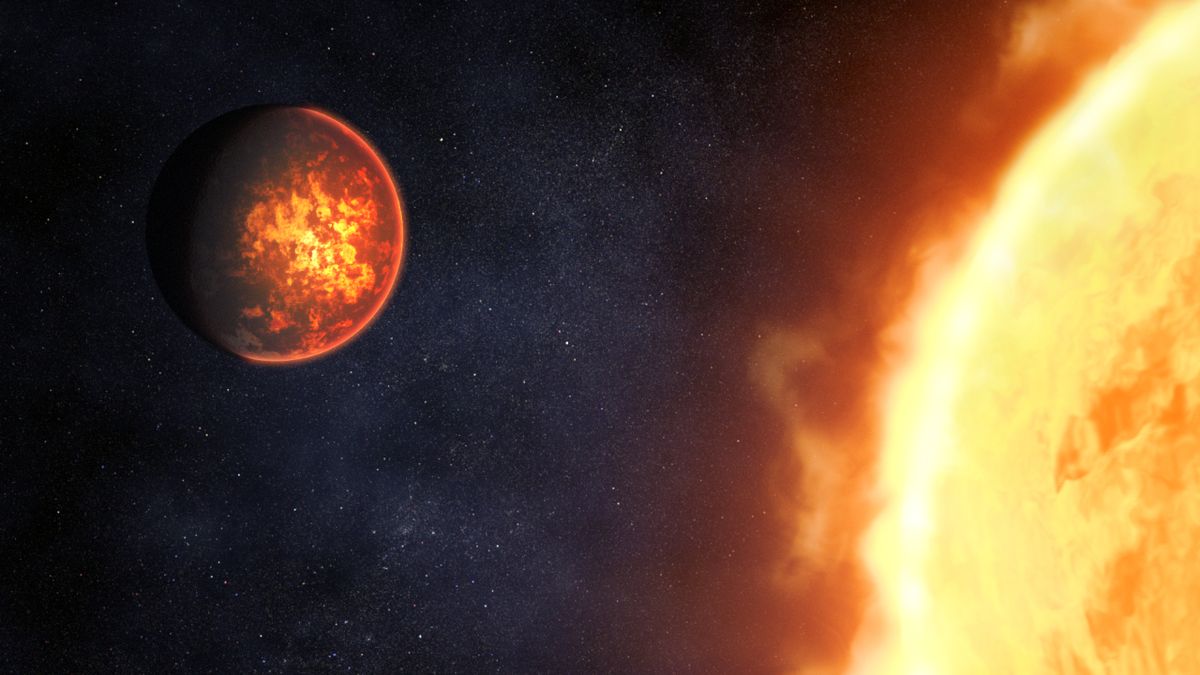Credit: NASA NASA’s on-demand streaming service, NASA+, launched a FAST (Free Ad-Supported Television) channel on Prime Video Tuesday, giving viewers another way to watch the agency’s aeronautics, human spaceflight, science, and technology missions unfold on screen. As the agency continues to improve life on Earth and inspire new generations through innovation, exploration, and discovery, NASA+ is dedicated to sharing stories through live launch coverage, original documentaries, family-friendly content, and more. “Streaming NASA+ on multiple platforms allows the agency to more efficiently share its missions, from launching astronauts to the International…
Read MoreTag: NASA
NASA’s Planetary Defenders Head to the Sundance Film Festival
Trailer for NASA’s upcoming documentary, “Planetary Defenders,” which will take audiences inside the high-stakes world of asteroid hunting and planetary defense. NASA is bringing the high-stakes world of planetary defense to the Sundance Film Festival, highlighting its upcoming documentary, “Planetary Defenders,” during a panel ahead of its spring 2025 premiere on the agency’s streaming service. “We’re thrilled that NASA is attending Sundance Film Festival for the first time – a festival renowned for its innovative spirit,” said Brittany Brown, director, NASA Office of Communications Digital and Technology Division, at the…
Read MoreNASA’s Psyche spacecraft finds its ‘first light’ while zooming to a metal asteroid (image)
It was a big day for NASA’s Psyche spacecraft on Dec. 4, the day the probe finally opened its eyes to the universe. Since launching atop a SpaceX Falcon Heavy rocket on Oct. 13 — the first interplanetary mission for the Heavy, in fact — Psyche has been essentially traveling the cosmos in darkness, as scientists had yet to turn on the solar-winged craft’s cameras. It’s currently on its way to study the asteroid for which it’s named, 16 Psyche, that sits somewhere between our fellow solar system planets Mars…
Read MoreArtemis 2 moon astronauts autograph their own rocket 1 year before launch
The next four moon astronauts signed their names Monday (Nov. 27) on a rocket piece that will send them to lunar realms in late 2024, only one year from now. The Artemis 2 crew, amid moon training, put their signatures on the adapter for their Orion spacecraft, which will be mounted on top of the massive Space Launch System (SLS) rocket. The four astronauts, clad in cleanroom wear, did the ceremonial activity at NASA’s Marshall Space Flight Center in Huntsville, Alabama. The adapter will sit just underneath the astronauts’ Orion…
Read MoreInside ‘Earthrise’: A historian’s take on the origins of the Apollo 8 ‘image of the century’
The recent death of Frank Borman, commander of Nasa’s Apollo 8 mission in 1968, has focused attention on that incredible first voyage to the Moon. It took place eight months before Apollo 11, where Neil Armstrong and Buzz Aldrin explored the lunar surface for the first time. However, the impact of Apollo 8’s “Earthrise” picture — the sight of the Earth from the moon — now seems even greater than that of the first landing. For many years, the story behind the famous Earthrise photo, was that the crew were caught off-guard by the…
Read MoreNASA and Japan to launch world’s 1st wooden satellite as soon as 2024. Why?
NASA and the Japan Aerospace Exploration Agency (JAXA) are planning to launch the world’s first wooden satellite into space in a bid to make spaceflight more sustainable. LignoSat, a coffee mug-size satellite made from magnolia wood, is set to launch into Earth’s orbit by summer 2024, according to the space agencies. Wood doesn’t burn or rot in the lifeless vacuum of space, but it will incinerate into a fine ash upon reentry into Earth’s atmosphere, making it a surprisingly useful, biodegradable material for future satellites. After successfully testing their wood samples…
Read MoreDART asteroid-smashing team and record-breaking astronaut Peggy Whitson honored for impact on space science
NASA astronaut Peggy Whitson and the Double Asteroid Redirection Test (DART) team have been awarded this year’s Michael Collins Trophy in honor of their achievements in space. Since 1985, the Smithsonian’s National Air and Space Museum has awarded its Michael Collins Trophy annually for both current and lifetime achievements. The trophy recognizes outstanding accomplishments in the fields of aerospace science and technology. As the first woman commander of the International Space Station, Whitson has earned the 2024 Lifetime Achievement Award for her record-breaking spaceflights and distinguished career. The DART mission,…
Read MoreInternational Space Station dodges orbital debris hours before SpaceX cargo ship’s arrival: report
The International Space Station moved out of the way of space debris yet again this year, hours before a new cargo ship is supposed to arrive. A Russian Progress cargo spacecraft attached to the International Space Station (ISS) fired its engines Friday (Nov. 10) in a space debris avoidance maneuver, Russian federal space agency Roscosmos officials wrote on Telegram; translation was provided automatically by Google. (Space.com reached out to NASA officials and is awaiting the agency’s confirmation of the maneuver, as well as the nature of the debris.) The five-minute…
Read MoreNASA’s exoplanet hunting telescope spies 8 ‘super-Earths’
Almost everyday, the number of confirmed exoplanet discoveries grows. The majority of those planets, which sit just above 5,500 in total, have been identified by the Kepler space telescope. But for the last few years, NASA’s Transiting Exoplanet Survey Satellite (TESS) has been steadily adding new alien worlds to our growing planetary catalog of the cosmos. Using a statistical method to comb through TESS’s large quantities of data on the night sky, a group of scientists led by Priyashkumar Mistry, a Ph.D. student at the University of New South Wales,…
Read MoreWatch NASA build Artemis 2 astronaut moon rocket boosters ahead of 2024 launch (video)
A new timelapse shows a moon rocket for astronauts under construction at NASA, ahead of the 2024 launch. The twin rocket boosters for Artemis 2 will add oomph to NASA‘s powerful Space Launch System rocket, which will launch four astronauts on a mission to the moon in 2024. Each Northrop Grumman-made solid rocket booster weighs 1.6 million pounds (720,000 kg), which NASA officials have said is the equivalent mass of four blue whales. The massive boosters arrived at NASA’s Kennedy Space Center (KSC) by train in early October, following construction…
Read More


